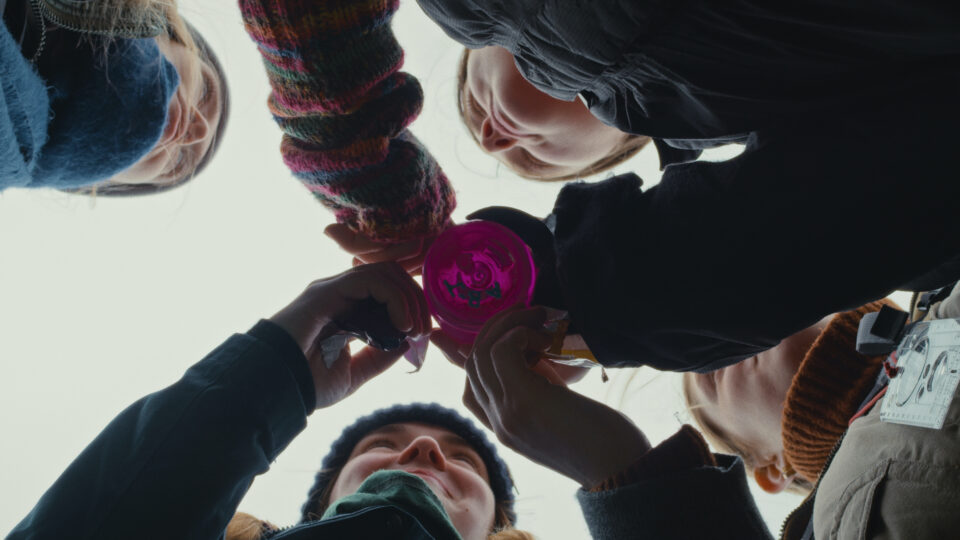Anastasia Bruce-Jones talks to Encounters Film Festival’s Head of Programme Ren Scateni, filmmaker Clarenz-Gutierrez-Badlis and filmmaker and founder of arts festival MOON FEST Monica Wat about the process of getting your film into festivals.
The world of film festival submissions is daunting.
A few months ago, I finished my first short and found myself thrust into a world of submission platforms, categorised fees, EPKs and festival tiers that spun my head. I ended up spending more than I’d budgeted, submitting before the film was truly ready and – without a clear strategy – having a scatter-gun approach which likely cost me some important selections.
In this article I’ll outline what I wish I’d known then, using what I learned from Ren, Clarenz and Monica, as well as my own experience over the last few months, to break down the best method for getting your film into festivals.
Do Your Research
Just like restaurants, film festivals have a house style. You wouldn’t expect to eat fajitas at an Indian restaurant. Some, like Iris Prize LGBT+, or genre festivals, such as Soho Horror, are self-explanatory, spelling out what they are looking for in their name or in the introductory paragraphs of their FilmFreeway profile. Others, however, such as Encounters, Aesthetica or Raindance are less tangible. This is when it becomes especially important to do your research and, as Ren advised, “really try to figure out if your film fits with a specific festival.”
So how do you know if your film is the right fit? Here, Clarenz’s advice was invaluable. His team spent time looking at other peoples’ shorts, searching for ones which had similar themes, stories or voices to his film, My Name is Yours. Once they found them, Clarenz and his team looked at which festivals these comparable shorts were selected for. This research ended up forming the basis for their festival strategy.
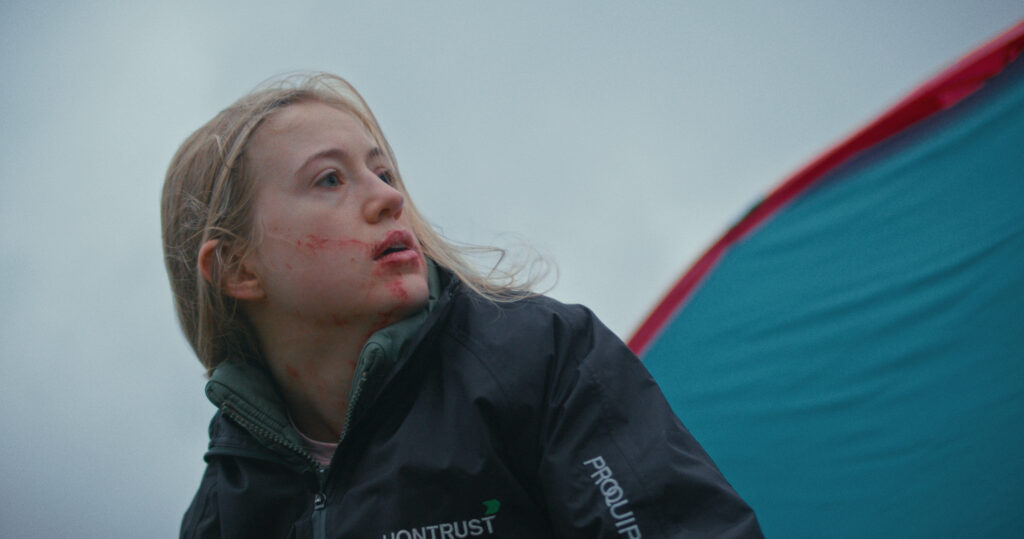
In my experience, a similarly useful method is looking at what films have won prizes at particular festivals. These tend to be the films which epitomise the ideals of the festival and, in the case of audience choice awards, can give a vital glimpse into what the festival attendees are most interested in seeing.
Of course, there will always be a degree of personal taste involved in the selection process. Ren described their role as Head of Programme at Encounters as “balancing staying true to what Encounters has represented so far while also trying to inject new life into the programming.” But by doing your research into film festivals, you can save yourself vital budget and maximise your chances of getting into – and doing well at – the festivals you do submit to.
Understand Your Film (As An Audience)
Perhaps the hardest part of approaching festival submission for the first time is working out where your film sits on a scale of ‘bad’ to ‘brilliant’. Should you be submitting to world platforms, like Cannes or Slamdance, or to local festivals, targeted towards kickstarting emerging filmmakers? As Clarenz said, “you’ve got to ground yourself and think critically about whether your film stands a realistic chance of being selected.” So how do you begin to understand your film as an audience as well as its maker? In my experience, there are two key methods.
You’ll never be able to view your own work completely objectively, but often getting someone else’s advice can help you see your film more honestly
Firstly, watch as many short films as you can. If possible, try to attend film festivals and watch their shorts showcases. The more you see, the more you will understand where your work fits in the landscape of short filmmaking. Watching as part of an audience is particularly helpful. Try to tune in to the people around you: What are they responding to most? What generates the biggest laughs or gasps? When do they lose focus, starting to cough or fidget in their seats?
Secondly, use your friends and colleagues as sounding boards. You’ll never be able to view your own work completely objectively, but often getting someone else’s advice can help you see your film more honestly. I sent my first short to a handful of more experienced filmmakers who had had their work selected at a range of festivals. I asked them to be honest with me; what level should I be pitching this at? Their comments proved invaluable as both a learning tool for my future filmmaking and as a guide for how to approach festival strategy.
Work Out What You Want from Festivals
I’d never thought of festivals in this way before, but Clarenz made it clear that these opportunities should work for you as much as you do for them. He narrowed down the festivals he wanted to submit My Name is Yours to based on what he wanted from the experience: “we focused on industry-facing festivals. Ones where filmmakers attend in person. We wanted an opportunity to network and expand our contacts.”
Different festivals offer different opportunities; some offer sizeable cash awards (like Seattle International, Aspen Shortsfest or GenArt), some offer to raise your profile as a filmmaker (think Venice, Cannes, Tribeca or TIFF), some offer opportunities to pitch to major funding bodies (Aesthetica, for example), some are BAFTA or Academy Award Qualifiers (Encounters, Flatpack and Bolton, among others) and some create opportunities to network with your local filmmakers, allowing you to build the perfect team for your next project.
These opportunities should work for you as much as you do for them
Working out what you want to gain from festival attendance can help narrow down the thousands of festivals out there into a more manageable selection. This will also make any cover letters or direct correspondence you have with the festival more targeted and specific – which can help get programmers’ attention.
Make It Personal
This time last year I didn’t know much about film festivals. What I did know was that, from everything I’d read and heard, Aesthetica was the one I was most excited to submit my first short to. Imagine my disappointment then, when upon finally getting the file uploaded to Film Freeway, I discovered that I had missed Aesthetica’s final deadline by two days. I had no-one to blame but myself; I should have made a note of important deadlines. Desperate, I sent off an email to Aesthetica’s team explaining my situation and asking whether they might allow me to submit my film late. Very generously, they did – and my film will be making its premiere at Aesthetica in two weeks’ time. The moral of the story is not to leave submission until the last minute – but to never underestimate the power of a heartfelt email.
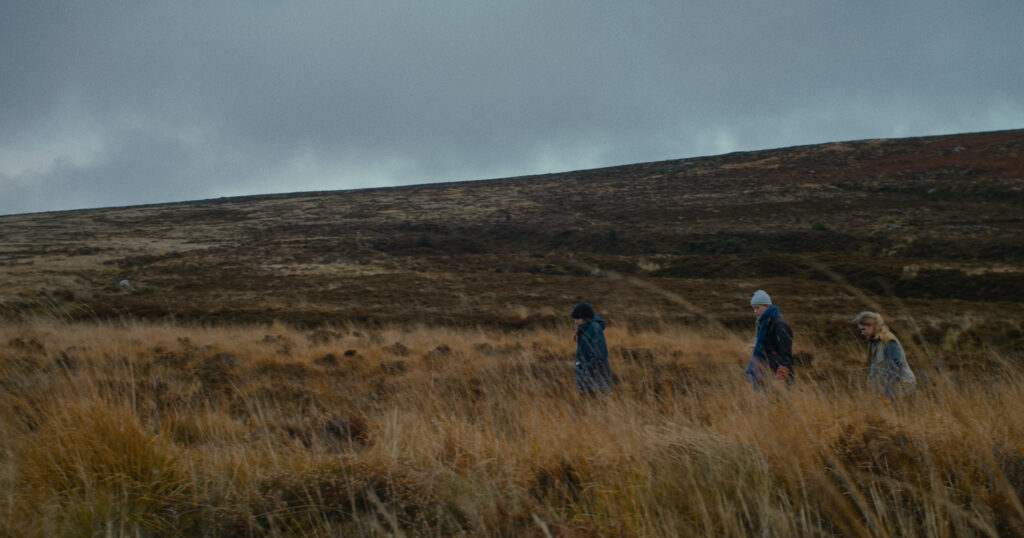
In my plea, I was specific about why I had been hoping to submit to Aesthetica, detailed about what drew me to the festival, and passionate in explaining why my film would fit their programming. In short, I made it personal. Ren, as head programmer at Encounters, has received their fair share of emails from filmmakers. They expanded on why the personal touch is so important: “It’s an extra step to get noticed. If you’re making the effort to send direct emails, then a bit more personalisation helps. Address the programmer or the people working at the festival by name. Of course, the body of the email can be similar to others you send, but saying ‘hello’ makes a real difference.”
When you submit, be sure it’s the version you want the festival to see
Another mistake that I made was rushing to submit to festivals when my film wasn’t ready. Worried that programmers wanted my short ‘hot off the press’, I submitted to several with an unfinished draft, which wasn’t as strong as I would have liked. I asked Ren how they felt about receiving submissions of partially-completed films. “It depends on the degree of work-in-progress that we’re dealing with,” they explained, “If there’s only minor elements to be refined, say the colour grade or sound isn’t quite finished, then of course we still consider the film. As a rule of thumb, it should be 75-85% finished. If there’s something interesting there, we’ll still consider it. But there are limitations to considering an unfinished film.”
Asking for a friend (wink wink), I pressed Ren further: “If a filmmaker submitted an unfinished film and wasn’t selected, they might be tempted to resubmit it next year, even though your rules are clear on not allowing that. What would you say to those filmmakers?” Their answer? Follow the rules.
Follow the rules
I’m going to wait until it’s the version I really want that festival to see before submitting.
“Following the rules and guidelines for a film’s submission is really a question of fairness to other filmmakers who submit.” Ren explained, their voice taking on an uncharacteristic firmness indicative of their passion for fair-play in the submission process. “At Encounters, we don’t have a strict rule on premieres or when a film is made, so if your film isn’t ready to submit just wait until next year.”
When I come to submitting my next short for festivals, I’m going to wait until it’s the version I really want that festival to see before submitting.
But following the rules for festivals is about more than just complying with their resubmission policy. Each festival has its own specific set of guidelines, from runtime to genre to the gender or nationality of the filmmakers. So how do you go about planning your film to ensure you won’t be disqualified before you even begin?
Start Thinking About Your Audience Early
Clarenz said, “you don’t want to make a film into a void, and end up with it never being seen.” It’s something that I had previously discussed with Bex Rose, BFI Film Academy South West’s producer. She frequently sees filmmakers forget to consider their audience until after the film is completed and consequently struggle to get it seen.
Monica, who straddles both sides of the equation as a filmmaker and an arts festival organiser, highlighted the importance of filmmakers finding a balance “between making your film authentically and considering your audience.”
Monica separates the process into two considerations; the story you want to tell and the strategy for telling it. “Strategy is how to tell your story in a way that compliments an audience; in this case, film festivals.” She went on to describe her own methods for finding this balance. “When I have a film that I want to make, I try to think about festivals early on. I check their different criteria, such as length restrictions or categories of form. Then I think about creating a piece of work that would fit into the festivals I want to submit to.” But she also urged filmmakers to avoid myopia: “Of course, it’s important to focus on a range of festivals and not just one – but that’s the great thing about film: the platforms to showcase your work are endless.”
While the panel highlighted the need to keep audiences in mind, they were even more adamant about the need for filmmakers to carve their own path.
Find Your Unique Voice
“Don’t try to please festivals.” Ren said, during our interview. This surprised me; with so many rules and guidelines in place, surely festivals would love to see short films tailor-made for their programming and audiences? Not so, according to Ren. “The identity of the filmmaker and the specificity of their artistic vision is crucial, because when you’re watching the film you want to be able to hear the voice of the filmmaker and feel their intentions and feelings seeping through the film itself. Do not compromise your artistic vision for the sake of being accepted by festivals.”
While the panel highlighted the need to keep audiences in mind, they were even more adamant about the need for filmmakers to carve their own path
It sounds simple, but ‘finding your unique voice’ is one of the greatest challenges faced by emerging filmmakers. How do you do it? Clarenz shared his experience: “Finding my voice has been a process of development. I’ve made many films that have a special place in my heart. But I’ve also made films that I wasn’t so passionate about, because they weren’t what I wanted to say. Not everyone finds their voice right away, but what’s important is trial and error – you’ll eventually find it.”
Go Off The Beaten Track
Talking to Ren and Monica, both of whom have recently programmed festivals and been part of their selections processes, I was struck by how passionate they are about short films. By the malleability of the form, the ingenuity of filmmakers and the radical ways they find to tell stories. They weren’t necessarily searching for new themes or ideas; what they were particularly interested in was how filmmakers expressed themselves. “I really appreciate films that dare to break out of certain boxes that are traditionally considered appealing to mass audiences – or to film festivals.” Monica said, visibly excited.
Each of the panellists were drawn to different methods of breaking the mould. For Clarenz, it was as simple as keeping dialogue to a minimum. “Often in shorts people try to say a lot of things in a short amount of time,” He said, “in reality, I think you should go with just one message and express it as many times as you can, transporting the audience with music, action and cinematography. Short films that have as little dialogue as possible really excite me. It also means that you attract a worldwide audience.”
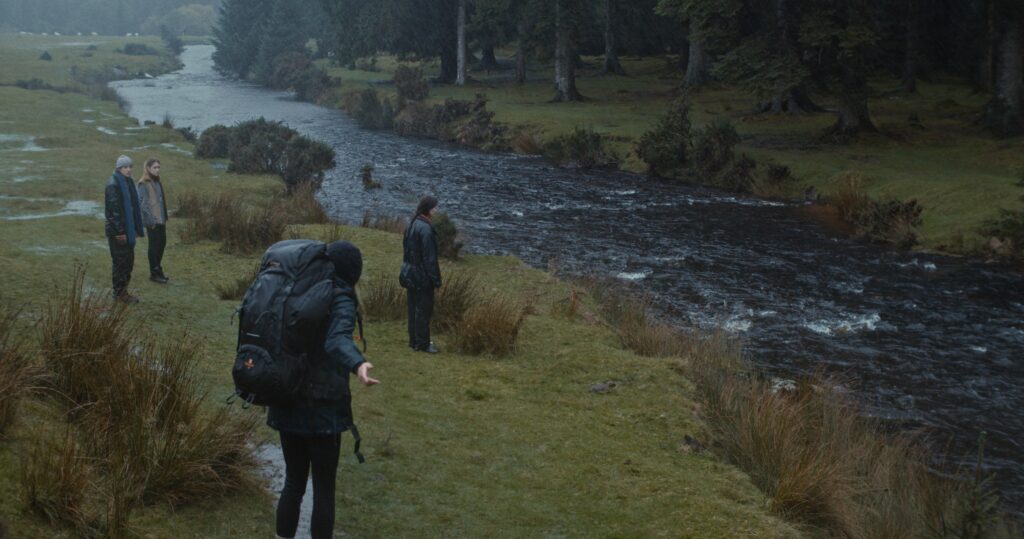
Monica described her love of films that break ‘taboos’; “for example, films that depict the experiences of people who are not traditionally showcased in cinema. Film is a magical medium; through film I can, at least partially, put myself into the shoes of another person and try my best to empathise with their experiences. I’m particularly drawn to stories which have not been told before.”
For Ren, it was all about the inventiveness of the medium. “Allow yourself to experiment with genre, form and even cinematic language,” they advised, “with the actual techniques you’re using.” In fact, all the panellists agreed on this point. As Monica said, “In the end, what matters most is how the story is being told, instead of what is being told.”
‘No’ Isn’t The End
As filmmakers, we’re all familiar with rejection and know how tough it can be. Especially if you’ve got everything right – done the research, made your correspondence personal, followed the rules and submitted a film in your unique voice – receiving a ‘no’ from a film festival that you love can leave you feeling that you aren’t good enough. But the panel were keen to assure me that wasn’t the case.
Make more films. Refine your voice. Experiment more radically with form. You’ll get there.
“As a writer, I pitch to different magazines and publishers.” Monica said, “After hundreds of rejections, I’ve come to learn that selection is a matter of compatibility and not the quality of the work itself. Don’t feel too hurt by the decisions of big institutions, because it very often boils down to factors beyond your film.”
Ren also made it clear that if your film isn’t selected for one year’s festival, it doesn’t mean you shouldn’t submit to them in the future. So if you’ve got to this point and realised that, even having done everything right, your film still isn’t getting into festivals… don’t give up. Make more films. Refine your voice. Experiment more radically with form. You’ll get there.
All it takes is the right story at the right time.
You can watch Anastasia’s full conversation with Ren, Clarenz and Monica at our Labs event on Youtube here. Anastasia’s film All Girls will be premiering at Aesthetica Film Festival 2022.
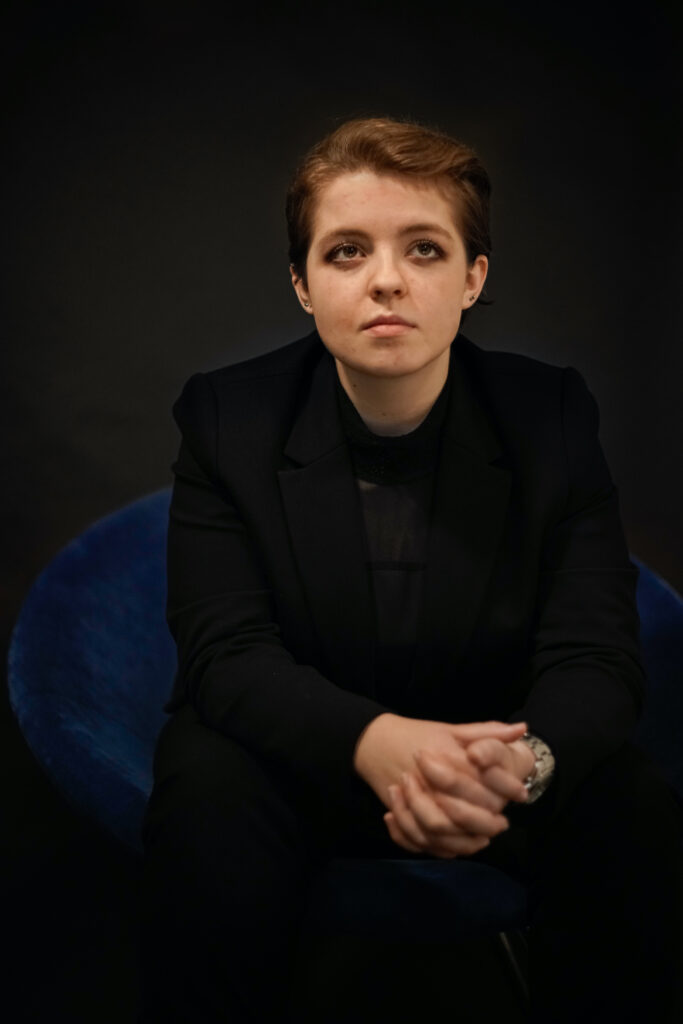
About Anastasia Bruce-Jones
Anastasia is an award-winning writer and director, working in film and theatre. Their first short film ‘All Girls’ is an Official Selection of Aesthetica Film Festival 2022. Their most recent short, ‘Microwave’ was commissioned by BFI Film Academy and Exeter Phoenix and is currently in post. In theatre, they have worked in the West End, Almeida theatre and Edinburgh Fringe. Their productions have received exclusively 4 and 5* reviews, and won both OnComm and OffComm awards. Anastasia’s work explores the depth and strangeness of experience, often by way of dystopia, magic realism or folk horror.
